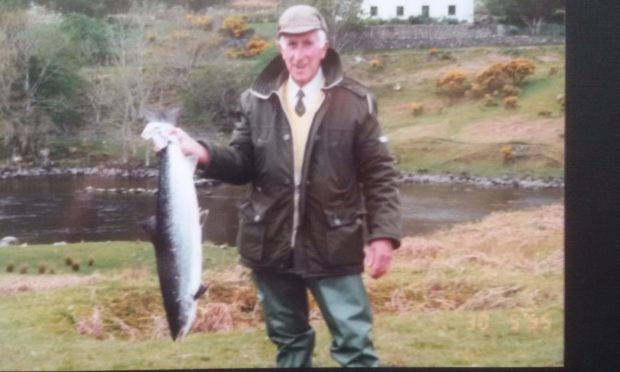By his own admission Kenneth MacKenzie was no singer, nor could he read or write music.
But driving through the spectacular scenery of the west Highlands drew out a creative talent to write songs nonetheless.
One tune in particular evolved as he spent hours in his Forestry Commission lorry and, as the countryside inspired lyrics, they were committed to paper.
More than half a century later the song remains one of the most enduring standards of the ceilidh scene.
Loch Maree Islands was written in the early 1960s and is still as popular this year, when Kenneth MacKenzie would have turned 95.
It has been sung by almost every Scottish singer and appeared on ‘Uptown Fank’, last year’s album from Hebridean phenomenon Peat & Diesel, who also performed it on BBC Alba’s Hogmanay show.
Mr MacKenzie’s son, Alex, said: “It just seems to be one of those songs that will be on the go forever.”
Its creator, who was born in Poolewe, spent most of his working life with the Forestry Commission.
With no radio in his lorry during long drives, he sang or whistled to amuse himself.
He wrote that his own tune evolved subconsciously and he memorised it through repeated humming.
Words came from memories of climbing hills where he went deer stalking and the song was completed with the now familiar chorus:
Show me Arigh ‘n Eilean below me Loch Maree
O leave me to my solitude and let me wander free
To climb the rocky mountains and search the glen below
For a fine ten pointer or a royal ‘o’
His next issue was how to launch it, as he noted: “In addition to not being able to read or write music, I was totally unable to sing except perhaps in the bath or driving along the road with the heavy beat of a big diesel engine to drown out the awful howling noises coming from my throat.”
The song title, originally called ‘Airigh ‘n Eilean’, was changed to ‘Loch Maree Islands’ by music publishers and, after becoming popular locally, it was picked up by some well-known singers.
Fergie MacDonald, the ‘ceilidh king’, heard the song in the mid 1960s and drove to Mr MacKenzie’s home at Cannich to note down the words.
It later topped the Scottish charts and gave Fergie his first big hit.
Following his father’s death in 2012, son Alex, who lives near Lairg, erected a plaque in the hills above Loch Maree in tribute to him and the song.
“It’s a great song and has been played by everyone over the years and is still played whenever there is a ceilidh,” he said.
“We are very proud that it is still played to this day.”










